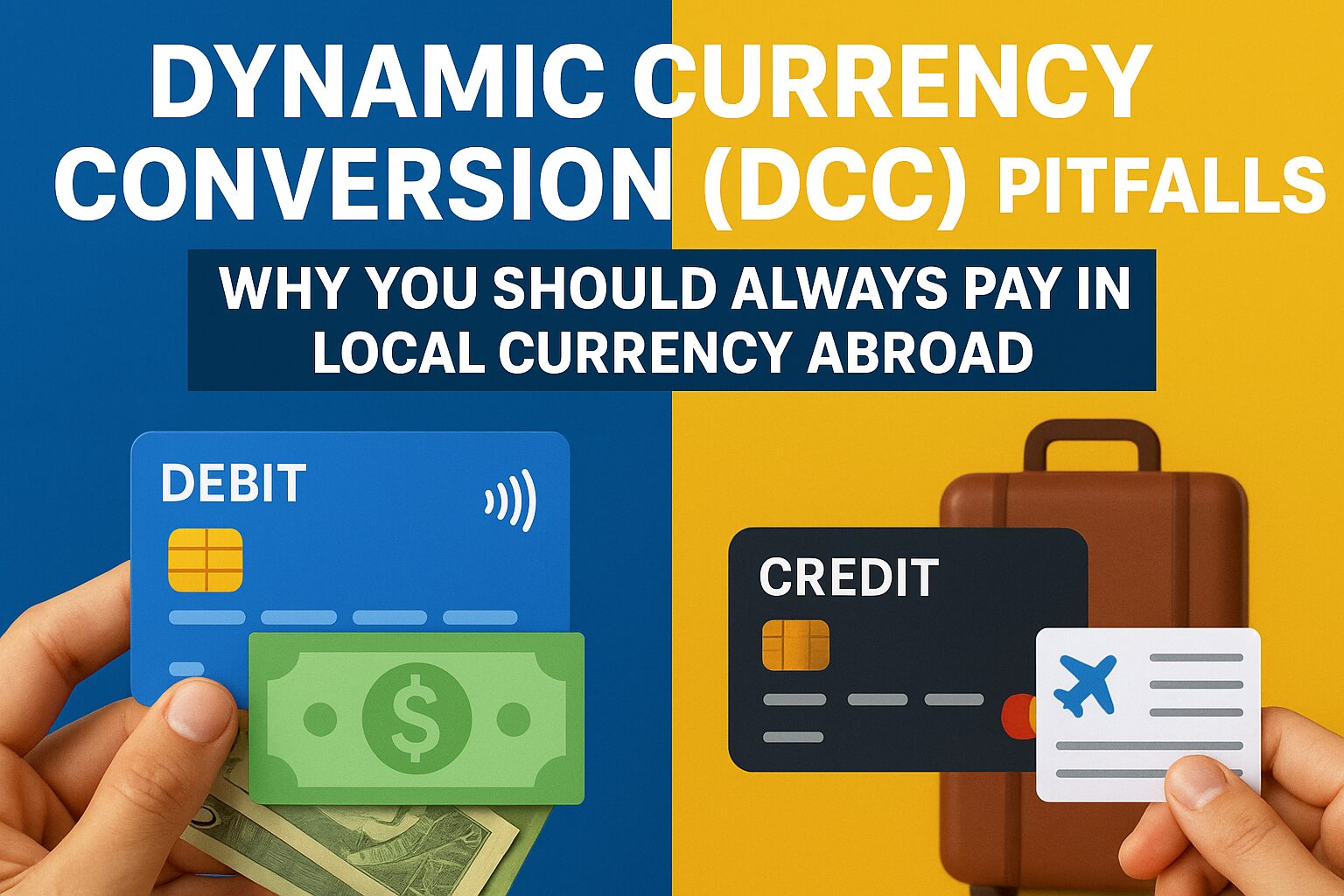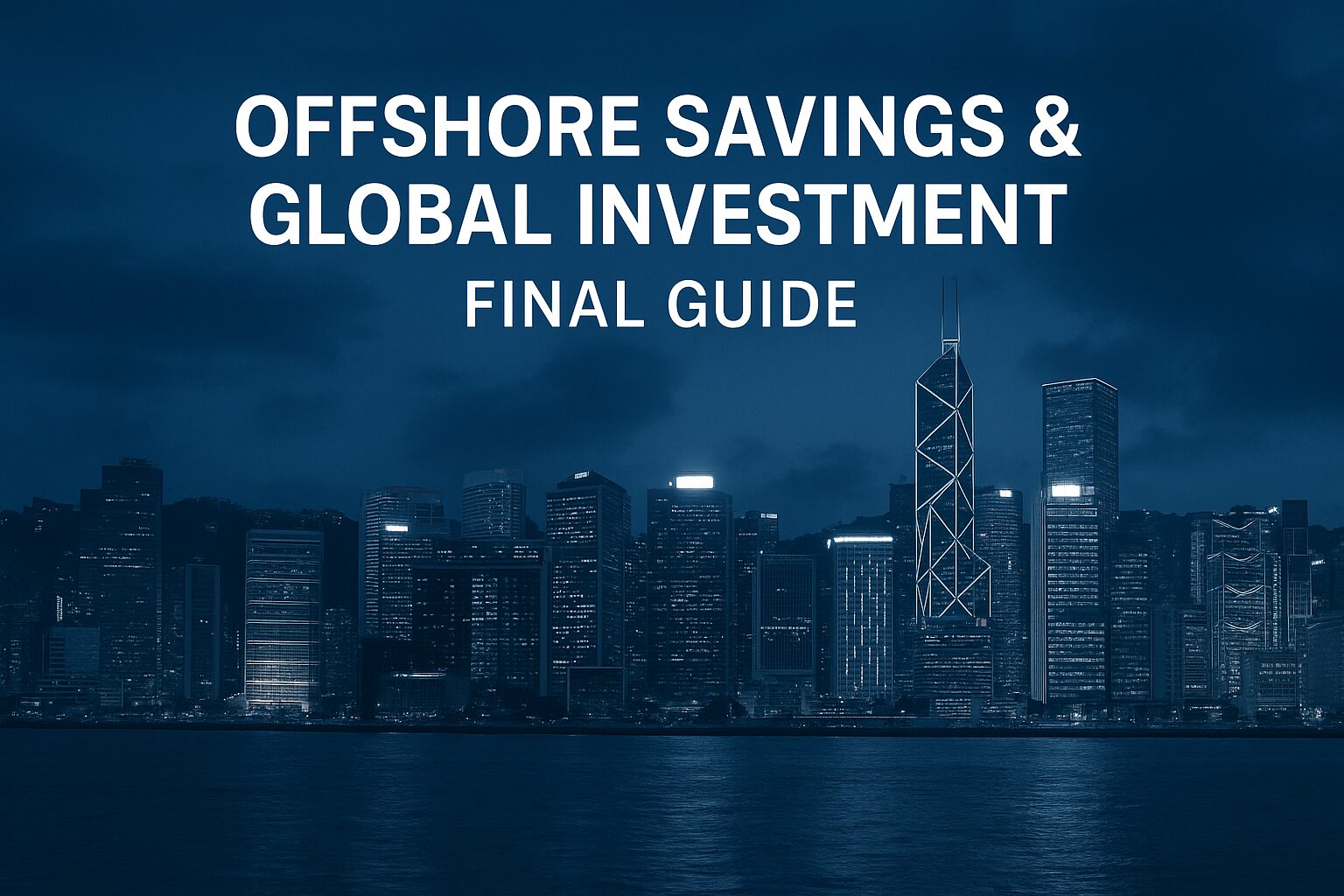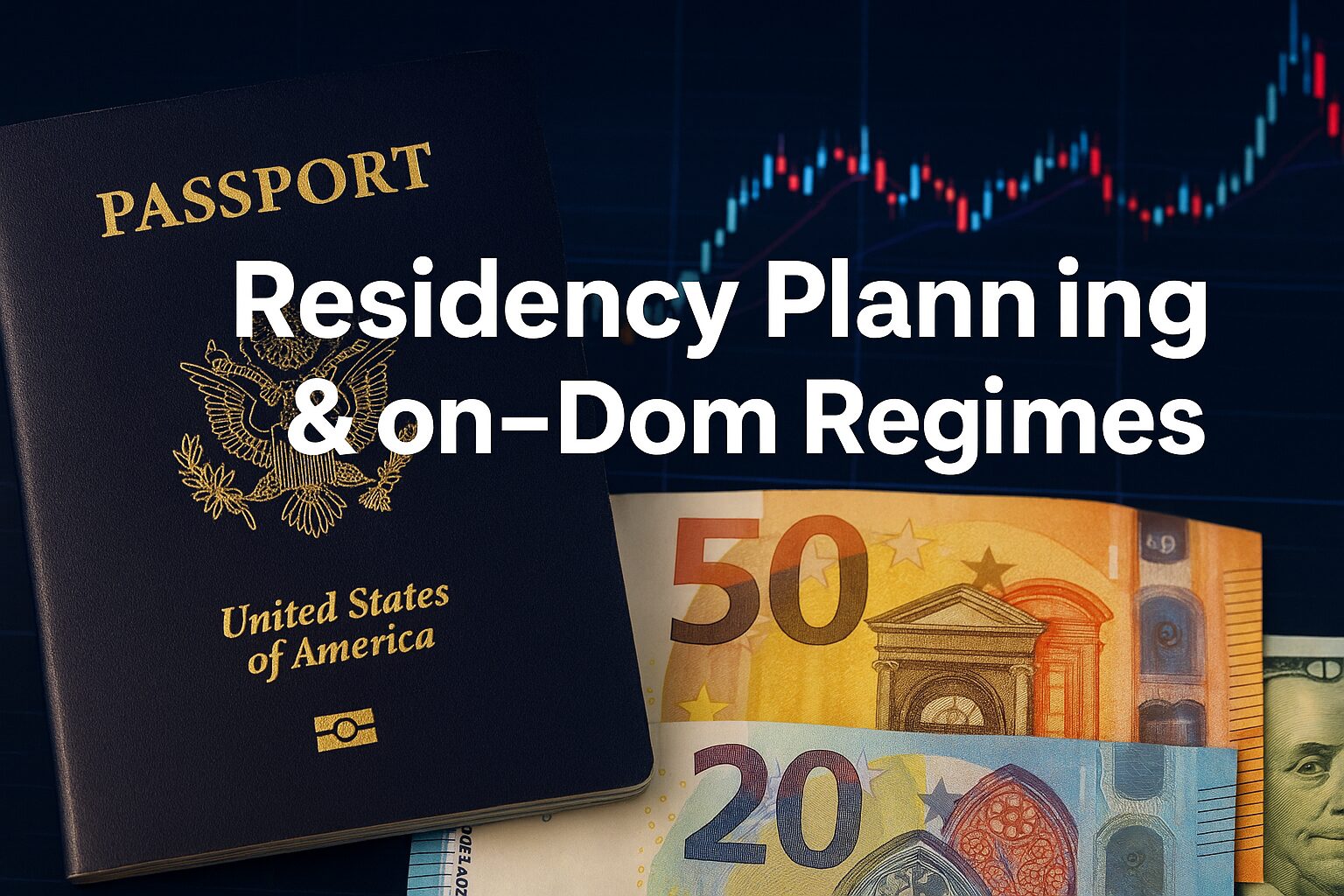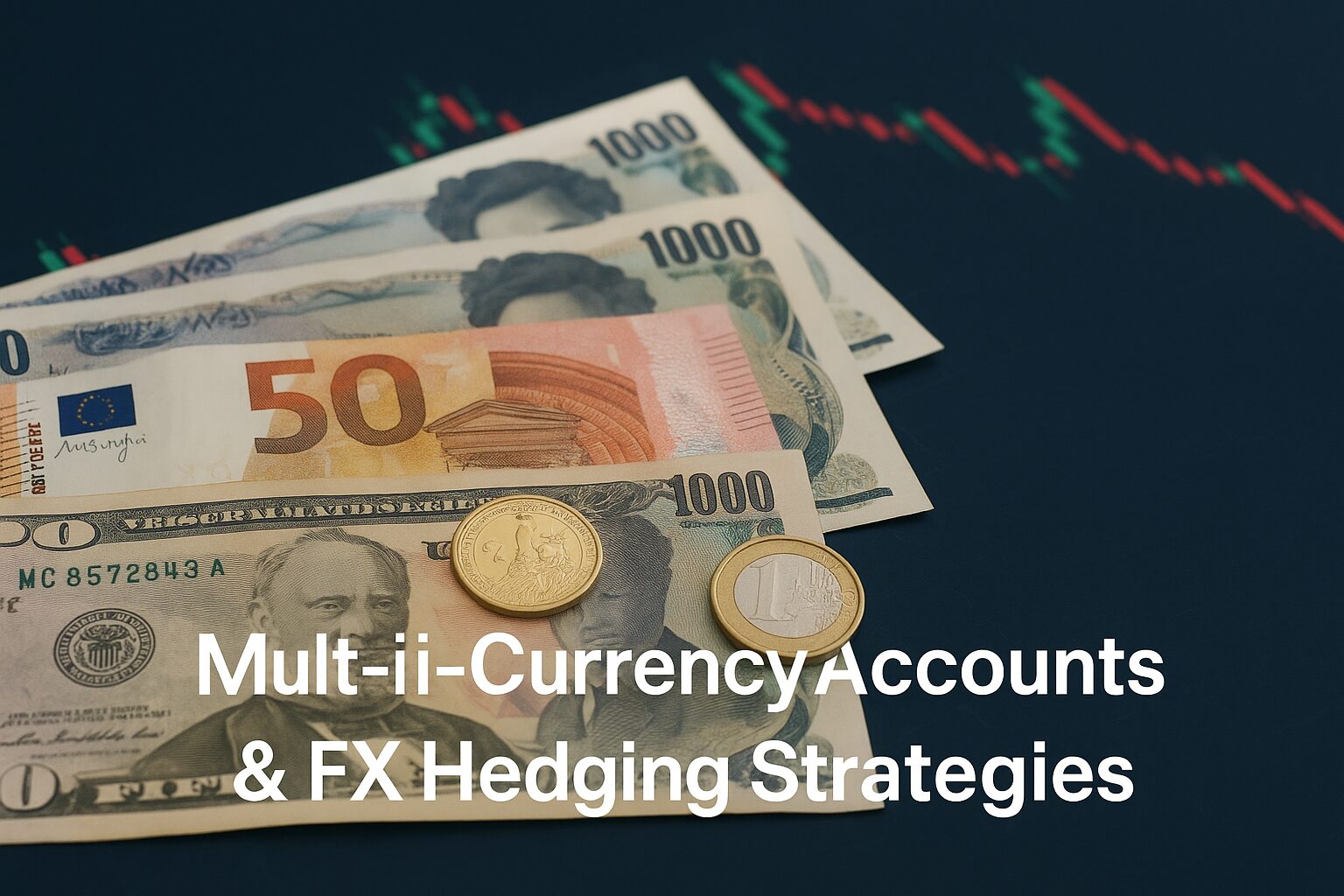Why Exchange Rate Strategy Is the New “Global Wealth Hack”
Every year, millions of digital nomads, students, investors, and frequent travelers unknowingly lose 2–5% of their money simply because they do not optimize how they pay abroad. That may sound small, but let’s scale it:
- A family spending $20,000 annually on international travel could lose $600–$1,000 in hidden exchange fees.
- A student studying in Europe for two years could waste $2,500+ just by using the wrong debit or credit card.
- Digital entrepreneurs paying remote freelancers overseas can reduce costs by 20–30% annually if they apply smart exchange-rate strategies.
This guide is not theory. It’s a step-by-step, real-life manual showing you how high-net-worth individuals, frequent travelers, and smart consumers optimize every dollar when living, studying, or spending abroad.
We will cover:
- Understanding how banks and card companies “hide” fees.
- Choosing the right credit cards and fintech tools.
- Leveraging exchange rate timing.
- Case studies from real expats, students, and digital entrepreneurs.
- A ready-to-use action plan.
By the end, you will know exactly which tools to use, which mistakes to avoid, and how to save thousands without changing your lifestyle.
1. The Hidden Cost of Exchange Rates: What Most People Don’t Realize
When you swipe your card abroad, two silent costs occur:
- Currency Conversion Fee (1–3%) – Your bank charges you for the privilege of paying in a different currency.
- Foreign Transaction Fee (1–3%) – Additional markup, often disguised in your card terms.
Example: You buy a €1,000 laptop in Berlin.
- Interbank (real) exchange rate: 1 EUR = 1.10 USD → You should pay $1,100.
- With hidden fees: Your bank may charge 1.14 USD per EUR → You pay $1,140–$1,160.
You just lost $40–$60 on one purchase. Multiply this by dozens of transactions over months or years, and the “invisible tax” becomes massive.
Lesson: The key to wealth optimization abroad is eliminating hidden fees.
2. Choosing the Right Cards: The Core of Exchange Rate Strategy
A. Credit Cards That Eliminate Foreign Transaction Fees
Look for:
- 0% foreign transaction fee (non-negotiable).
- Rewards in global categories (travel, dining, online shopping).
- Global acceptance (Visa/Mastercard) rather than domestic-only brands.
Examples:
- Chase Sapphire Preferred / Reserve (U.S.) – 0% FX fee, strong travel rewards.
- Capital One Venture X – Flat rewards, no FX fees, broad global acceptance.
- Revolut / Wise / N26 (Fintech) – Multi-currency accounts with market exchange rates.
Case Study: Sarah, a U.S. freelancer in Bali
She switched from a local bank debit card (3% fee) to Revolut. Over six months, she paid $28,000 in rent, food, and travel. Savings = $840 (3% avoided) + gained $300 in cashback rewards.
B. Debit & ATM Cards That Save Cash Withdrawals
- Avoid ATMs that use Dynamic Currency Conversion (DCC) – always choose to be charged in the local currency, not your home currency.
- Seek cards that refund ATM fees: Charles Schwab Debit (U.S.), Revolut Premium, etc.
Case Study: John, a student in France
By using Schwab’s debit card, he saved ~$350 in ATM withdrawal fees compared to using Bank of America’s standard debit card.
C. Fintech Apps as Currency Weapons
- Wise (formerly TransferWise): Best for freelancers and expats managing multiple currencies.
- Revolut: Real-time exchange at interbank rates, with spending analytics.
- Payoneer: Perfect for digital entrepreneurs receiving international payments.
Tip: Keep a “multi-currency wallet.” Load EUR, GBP, or JPY when exchange rates are favorable.
3. Timing the Exchange: How Wealthy Travelers Save by Planning
A. Exchange Rate Alerts
- Use apps like XE.com or CurrencyFair to set rate alerts.
- Example: If USD strengthens against EUR by 5%, pre-load EUR in Wise/Revolut before traveling.
B. Seasonal and Political Patterns
- Summer travel months often strengthen EUR, while USD spikes during global uncertainty.
- Smart expats pre-exchange tuition or rent payments when their home currency is strong.
Case Study: Emily, Canadian student in Italy
She pre-paid her semester tuition when CAD briefly strengthened against EUR (1.46 → 1.52). Savings = €450 (~$490).
4. Real-Life Global Case Studies
Case 1: The Digital Nomad in Thailand
- Expenses: $2,000/month.
- Before: U.S. debit card with 3% fee = $60 loss monthly.
- After: Wise + Chase Sapphire Reserve.
- Annual savings: $1,200+, plus $800 in travel rewards.
Case 2: The International Shopper
- Maria buys luxury goods in Europe to resell in the U.S. ($15,000 annually).
- With a 2.5% hidden fee, she lost ~$375 yearly.
- Switching to Revolut, she not only avoided the fee but also gained $450 in cashback.
Case 3: The Remote Entrepreneur
- David pays 10 freelancers worldwide (~$8,000 monthly).
- With PayPal: ~4% fee = $320 monthly loss.
- Switching to Wise Business: ~1% fee = $80.
- Annual savings: $2,880.
5. The Step-by-Step Action Plan
- Audit Your Current Cards – Check your statements for foreign fees.
- Apply for 1–2 Global Credit Cards – Prioritize 0% FX fee + strong rewards.
- Open a Multi-Currency Fintech Account (Wise, Revolut).
- Set Rate Alerts – Pre-exchange when rates favor your currency.
- Always Pay in Local Currency – Never accept DCC at ATMs or shops.
- Automate Big Payments – Schedule tuition, rent, or business invoices when FX rates peak.
- Track Savings – Treat this as “passive income.”
6. Why This Matters for Building Long-Term Wealth
The difference between those who passively accept exchange rates and those who actively manage them is huge.
- A typical traveler might lose $500–$1,000 annually.
- A digital entrepreneur might lose $3,000–$10,000 annually.
- Wealthy individuals, expats, and investors who optimize can save tens of thousands per decade.
This is not just about saving—it’s about compound wealth building. The money you don’t lose can be invested, reinvested, and multiplied.
Conclusion: Turning Knowledge into Real Savings
Managing currency costs is not just about avoiding unnecessary fees—it’s about creating a system where every international transaction works in your favor. By combining multi-currency accounts, no-foreign-fee credit cards, digital FX tools, and proven case-study strategies, global travelers can literally save thousands each year.
The key is discipline and preparation:
- Always compare exchange rates before converting.
- Use digital tools and fintech apps that track hidden fees.
- Diversify between credit cards, multi-currency wallets, and cash to minimize risks.
- Learn from real-life experiences of travelers who achieved 20–30% cost savings annually.
In the end, the smartest travelers are not those who spend less but those who make every dollar work harder abroad. If you adopt these strategies consistently, you won’t just save money—you’ll build a sustainable financial system that fuels your global lifestyle for years to come.
📌 Next Article Preview
In our next deep-dive, we’ll explore:
“Global Banking Strategies – Opening Offshore Accounts for Security, Privacy, and Higher Returns.”
You’ll learn how global investors use offshore structures to protect wealth, diversify currencies, and legally minimize taxes.









